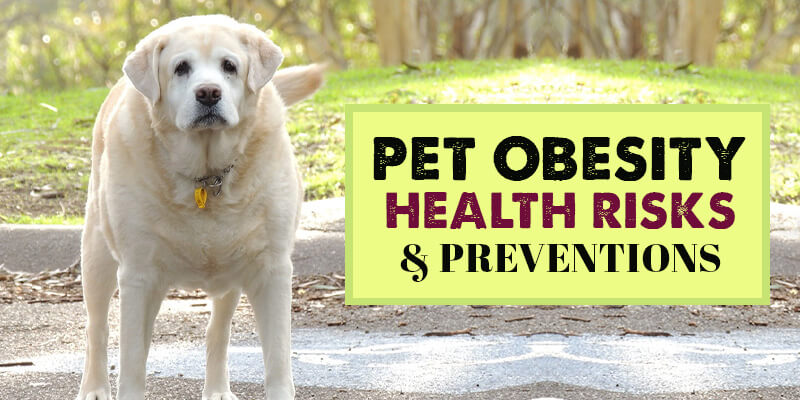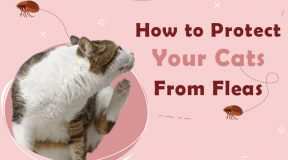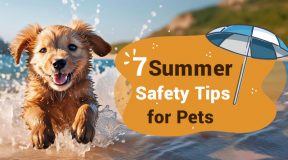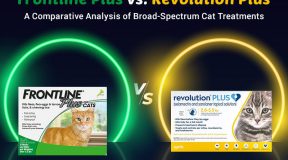
When your pet is obese, having too much body fat has a detrimental influence on their health, welfare, and quality of life. We think obesity is a severe problem for a pet’s well-being because it can lead to pain and be quite crippling. In addition to having an effect on your pet’s general health, it is likely to limit their capacity to engage in routine activities like exercise and reduce their lifespan. Such animals are susceptible to major health issues like osteoarthritis, cardiovascular disease, diabetes, respiratory issues, high blood pressure, and respiratory ailments.
Pet Obesity-Related Health Issues
Obesity in pets can lead to major health issues, exacerbate pre-existing conditions, and shorten or lower the quality of your pet’s life. It can also run a higher risk of developing health conditions like:
- Diabetes
- Heart condition
- Discomfort in the lungs
- Elevated blood pressure
- Cancers
Is Your Pet At Risk Of Becoming Obese?
Your pet may become obese for a number of reasons. For instance, in canines:
- Some breeds are more at risk than others.
- As they age, their risk increases.
- Dogs undergone neutering are more vulnerable.
- In contrast to elderly canines, female dogs are reportedly more likely to be obese.
Similar obesity risk factors exist in other mammals.
Is Your Dog At Risk Of Obesity?
Here are a few quick tests you can use to determine your dog’s overweight:
- Your dog’s ribs should be clearly visible without being covered with extra fat.
- Your dog’s waist should be visible to you and capable of being felt when viewed from above.
- From the side, your dog’s belly should be tucked up.
Consult your veterinarian if your dog doesn’t pass these tests or if you have any questions. They will be able to perform a health examination on your dog and, if necessary, suggest a weight-loss program.
Also Read: Complete Guide To Maintaining Overall Health Of Dogs
Is Your Cat At Risk Of Obesity?
If your cat doesn’t pass these checks, speak to your vet, who’ll be able to give them a health check and if necessary recommend a weight-loss program to help them get back into tip-top condition.
- Here’s how to determine if your cat is overweight:
- Your cat’s ribs, spine, and hip bones need to be visible and palpable.
- When viewed from above, your cat’s waist should be easily discernible.
- There shouldn’t be much belly fat on your cat, and the belly shouldn’t be drooping down.
If your cat fails these tests, consult your veterinarian, who can perform a health examination on them and, if required, suggest a weight-loss plan to help them get back in top shape.
Preventing Pet Obesity
Many pet parents are unaware that it only takes a few additional pounds to cause problems. It can ambush them as the pet ages or its environment changes. And it’s easy to go overboard pretty quickly.
The best thing you can do for your dog or cat is to support them in keeping up a healthy diet and exercise level if they are already at a healthy weight. There are numerous techniques to avoid harmful weight gain in general:
- Recognize your pet’s calorie requirements
- Ensure your pet engages in sufficient physical activity
- Select the proper meal-type and serving size.
- Reduce or do away with table scraps
- Keep rewards to a minimum
- Constantly keep an eye on the animal’s weight
Any kind of pet can get obese. Although other conditions may also contribute to obesity, overeating and inactivity are the main causes. To help avoid obesity, make sure your pet eats a balanced diet and gets plenty of exercises. If you’re still worried, take your pets to the vet for advice on the best weight-management plan if you’re still worried.
Also Read: Why Is Daily Exercise Crucial For Your Dog’s Good Health?
Bottom Line:
Every pet parent should maintain a healthy lifestyle in order to prevent obesity in pets. Maintaining a correct diet and feeding schedule, taking them on regular walks, and—most importantly—making sure your pet is happy in its surroundings are all necessary.






